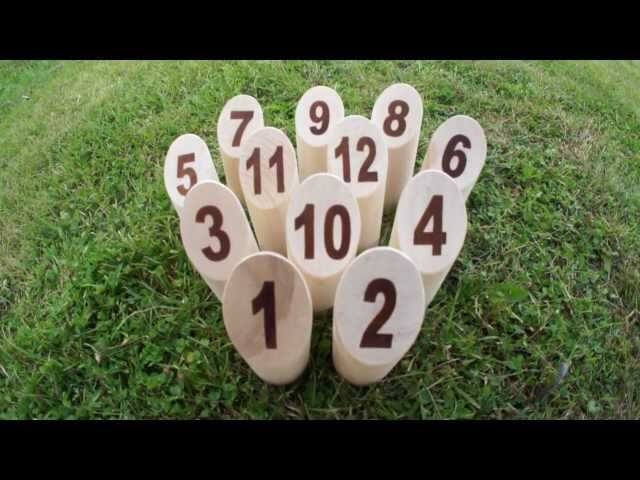A comic anthology, an autobiography, and viking bowling

Ms. Marvel, volume three
The Marvel franchise has been reinventing itself over and over again in the past few years—there are at least a dozen Marvel movies already out in the world, and scores in the works. But over in the land of comic books, where these stories first get made, Marvel introduced a surprising and exciting new character—Kamala Khan as Ms. Marvel. Ms. Marvel has been around since the ’60s, but Kamala is a new creation—a Pakistani-American 16-year-old from Jersey City. If you’re in the comics world, like fellow A.V. Club writer Oliver Sava, you’ve known about this for ages. If you’re like me, you stumbled into this information during free comic book day. Either way, if you haven’t read it yet and have any interest in graphic novels, it’s a treat—and an easy entryway to the Marvel universe, which can otherwise be incredibly daunting. Ms. Marvel is written and edited mostly by women who have their own experience with Muslim-American identity: G. Willow Wilson writes the story, and Sana Amanat is its editor. Kamala’s world is brought to life by artist Adrian Alphona. Kamala is too interesting to be a token character—her sense of being “weird” because of her heritage is just a new cast on an old comic-book staple: the story of the weirdo. Add to that the magical, swampy fumes of New Jersey and her arguments with her traditional family—and a stuffed sloth, and high-school drama—and Ms. Marvel proves itself to be a very readable story in the midst of a vast Marvel universe. The issues are already in their second reprinting, so you might want to grab a copy sooner rather than later. [Sonia Saraiya]
